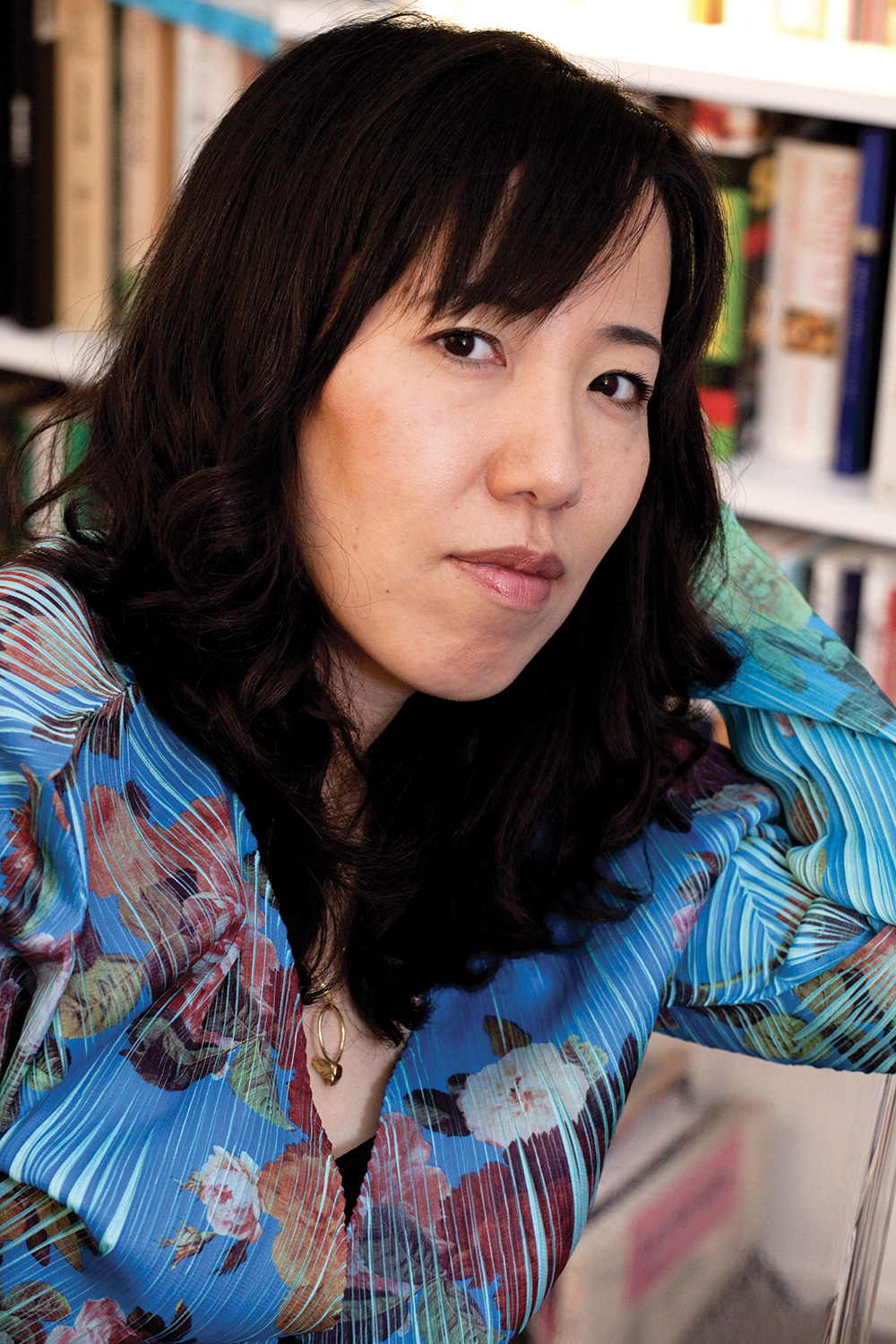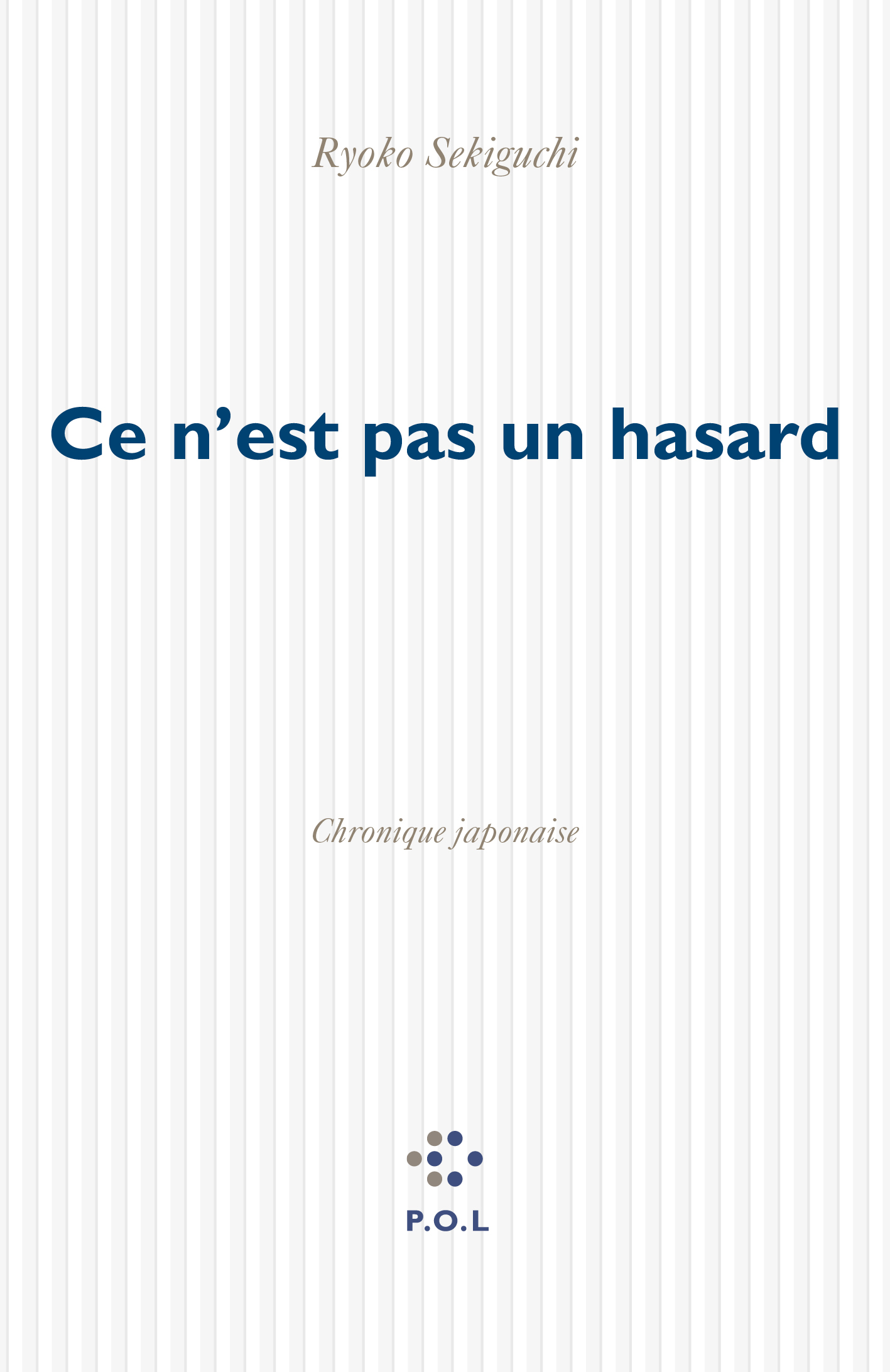‘Ce n’est pas un hasard’, the Chronicle of the Fukushima Disaster
In this personal account of the earthquake that hit Japan on 11 March 2011, Ryoko Sekiguchi analyses a tragedy that could have been avoided.

Ryoko Sekiguchi © Hélène Bamberger / P.O.L
Between 10 March and 30 April 2011, Ryoko Sekiguchi lost herself in writing. Over the course of those 49 days, she noted down sounds, sensations, and memories and watched habits dissolve into an almost supernatural everyday existence, and questioned the living and the survivors. Forty-nine is a symbolic figure that corresponds to the length of the mourning period in Japanese culture. Her text begins on the eve of the disaster, allowing the author to gain 24 precious hours in the narrative before everything is thrown into disarray the following day.
A writer, poet, and translator, Ryoko Sekiguchi settled in France in 1993, but her parents and many other members of her family live in Japan. She discovered what had happened via television: an earthquake that triggered a tsunami, and then a nuclear disaster in Fukushima. She was unable to contact her friends and family as the telephone lines were overloaded. Ce n’est pas un hasard (‘It Is No Coincidence’) recounts these moments spent waiting, in shock. It questions how people experience a crisis when they are so far away from their home country, and the emotions they endure. The writer explains that rather than wondering what she could write about this triple catastrophe, she asked herself what the victims would have wanted to read.
A chronicle between Paris and Tokyo
Thus, this account was born. Ryoko Sekiguchi started writing the chronicle in Paris before continuing in Tokyo, where she headed three weeks after the earthquake. She recorded conversations and sought to capture the particular atmosphere that prevailed in the country at the time, as she noticed small but discernible changes in behaviour. Ryoko Sekiguchi also gives a voice to those who doubted, who criticised the appropriateness of government action, and who refused to see this catastrophe as simply another natural disaster in a country that is regularly subjected to the wrath of nature.
Ce n’est pas un hasard is a tribute to the anonymous victims. A personal and political tale, it sheds new light on the disaster that occurred on 11 March 2011.
Ce n’est pas un hasard (‘It Is No Coincidence’) (2013) by Ryoko Sekiguchi is published by P.O.L (not yet available in English).

© P.O.L
TRENDING
-
The Tattoos that Marked the Criminals of the Edo Period
Traditional tattoos were strong signifiers; murderers had head tattoos, while theft might result in an arm tattoo.

-
The Story of Sada Yacco, the Geisha who Bewitched Europe
Described by Dazed magazine as the first beauty influencer, she has been restored to her former glory since 2019.

-
Chiharu Shiota, Red Threads of the Soul
Last year, more than 660,000 people visited the retrospective 'Chiharu Shiota: The Soul Trembles' exhibit at the Mori Art Museum.

-
Japanese Left-field Pop From The CD Age, 1989-1996
‘Heisei No Oto’, a compilation of hidden gems in the unspoken depths of Japanese pop, reveal blissful moment of technological possibility.

-
‘Shojo Tsubaki’, A Freakshow
Underground manga artist Suehiro Maruo’s infamous masterpiece canonised a historical fascination towards the erotic-grotesque genre.





